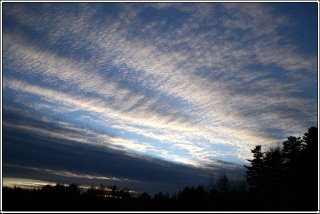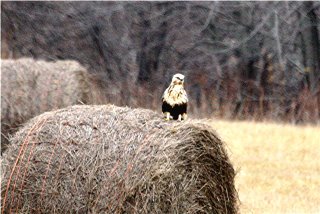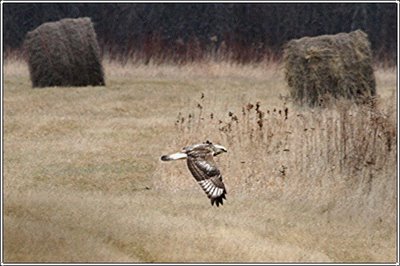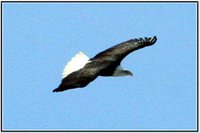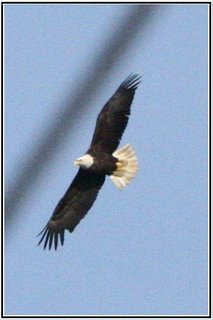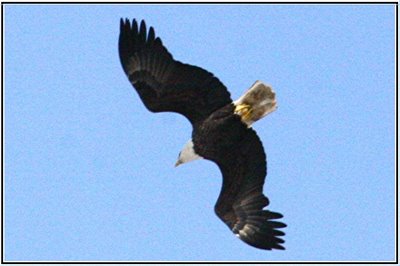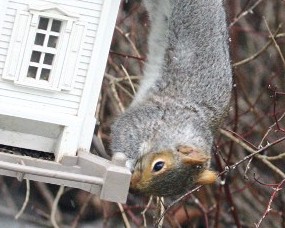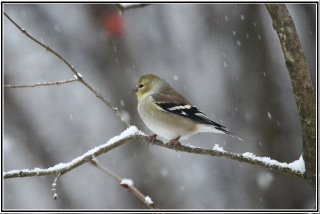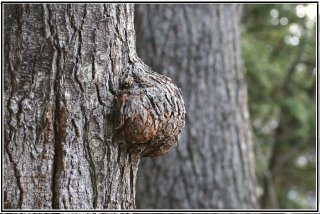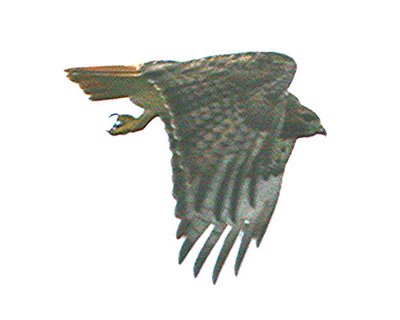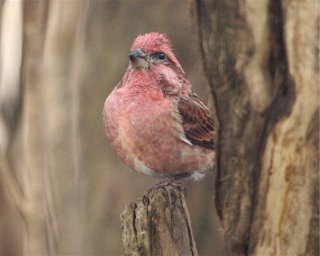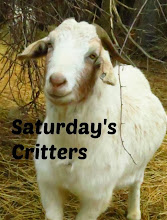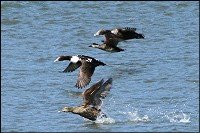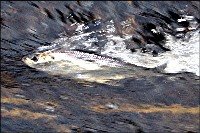British Soldiers, Pink Earth, Pixie Cups; all rather fanciful and whimisical names that I find fascinating. As equally fascinating are the small, diminutive lichens that these nomenclature represent. Looking down, rather than up to the sky or high in the treetops, had some pretty spectacular surprises in store for me yesterday. In fact more that just looking down, a hands and knees view can be very rewarding.
British Soldiers: These hands ome, red clad lichens reminded early Americans of the uniforms of British soldiers during times of their presense in North American ; and thus their name.
ome, red clad lichens reminded early Americans of the uniforms of British soldiers during times of their presense in North American ; and thus their name.
The source of the name of the pastel pink lichen to the left, Pink Earth, appeared to be visually self explanatory when viewed spread over the earth  below my feet. Pixie Cups; now that is a naming word of enchant -ment and I am taken back to the imaginary realms of childhood when I look at these very, tiny cup like lichens. Why not get down close to the earth and look for them too.
below my feet. Pixie Cups; now that is a naming word of enchant -ment and I am taken back to the imaginary realms of childhood when I look at these very, tiny cup like lichens. Why not get down close to the earth and look for them too.
 One of our most faithful and regular of winter visitors; this little Black- capped Chickadee finally found the bird food mixture I had placed in the middle of this evergreen wreath for it.
One of our most faithful and regular of winter visitors; this little Black- capped Chickadee finally found the bird food mixture I had placed in the middle of this evergreen wreath for it.  Other daily regulars at our feeder area this winter are: Blue Jays, American Goldfinch, American Tree Sparrows, Hairy and Downy Woodpeckers, Mourning Doves, one Song Sparrow, and one White-breasted Nuthatch.
Other daily regulars at our feeder area this winter are: Blue Jays, American Goldfinch, American Tree Sparrows, Hairy and Downy Woodpeckers, Mourning Doves, one Song Sparrow, and one White-breasted Nuthatch.




